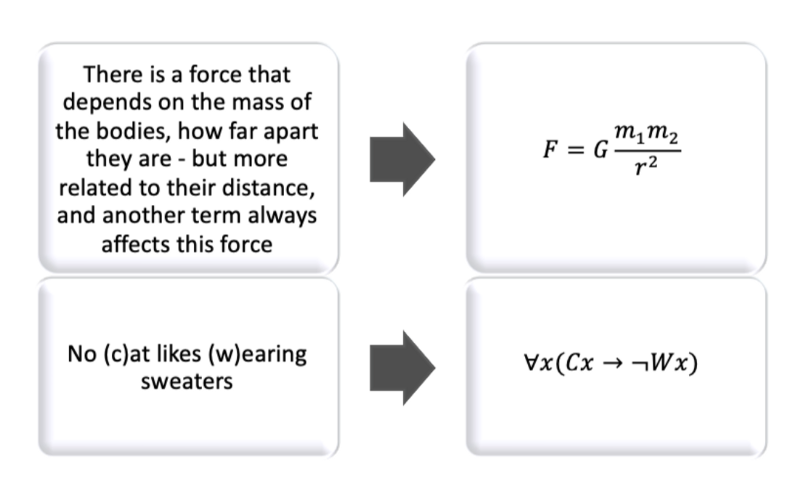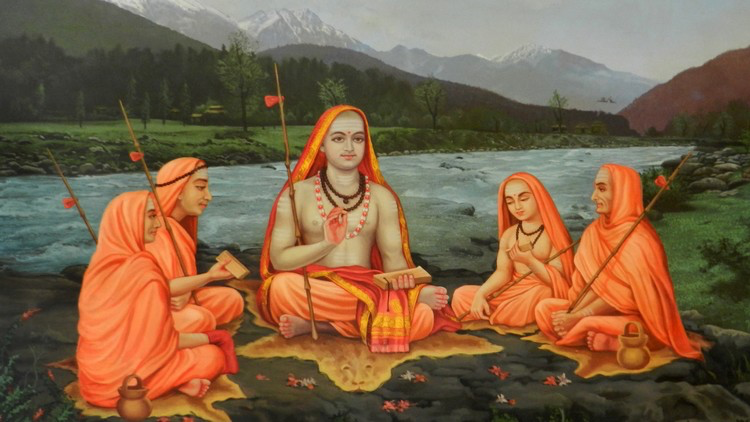The Interplay of Philosophy and Jnana Yoga: A Journey to Truth
Written on
Chapter 1: The Quest for Truth
Philosophers and yogis share a common goal: understanding the nature of reality. Although their methods may appear distinct, there are profound similarities in their approaches. Both groups recognize that truth is not an external concept but is inherently embedded within the problems they seek to resolve. By eliminating what is unnecessary or excessive, they believe that clarity and understanding will naturally emerge.
Section 1.1: Understanding Scientific Philosophy
The purpose of scientific theories is a topic of debate: do they aim to provide an accurate depiction of the world, or do they merely serve as a framework for understanding the observable phenomena? Scientific realists argue that a valid theory accurately reflects an objective reality, while anti-realists contend that theories are simply tools to connect and interpret data. Alan Wallace states that a physical theory’s role is to create a coherent conceptual framework that unifies various observations. Hence, the effectiveness of a theory is often evaluated based on its utility in producing observable outcomes.
However, anti-realists argue that theoretical entities like electrons and quantum fields are not necessarily reflective of actual phenomena. Scientific realism faces challenges from the pessimistic meta-induction, which suggests that since many past theories have been proven false, the reliability of current models is questionable. Conversely, the no-miracles argument supports realism by asserting that our theories' predictive successes would be miraculous if they were not also true representations of reality. Among various forms of realism, structural realism stands out, emphasizing the significance of relationships and abstract entities in understanding the world.
As scientific theories evolve, so do our symbolic representations of them. The transition from language-based theories to those grounded in mathematics illustrates this evolution. This transformation raises questions about what is lost and what is retained in the process.

Section 1.2: The Nature of Reality
The way we perceive the world is influenced by our sensory limitations. For instance, the apparent distinction between objects like a coffee cup and a pencil may seem clear, but this clarity can diminish under different sensory perceptions, such as infrared sensitivity. Our understanding of boundaries between objects is deeply ingrained in our psychology and shaped by the specific sensory ranges we have evolved to perceive.
The implications of Einstein’s Theory of Special Relativity further complicate our understanding, as different observers may perceive objects and events differently based on their relative motion. The Unruh Effect proposes that an accelerating observer can perceive radiation that remains invisible to a stationary observer. This suggests that our perception is not only constrained by our sensory capabilities but also by our position in spacetime.
As we navigate this complex landscape of perception and reality, we are left with the understanding that relationships between entities are fundamental.
Chapter 2: The Path of Jnana Yoga
The journey of self-discovery through yoga can be likened to the pursuit of clarity in scientific inquiry. Just as scientific theories strip away unnecessary elements to reveal underlying truths, the practice of Jnana Yoga seeks to uncover our true nature by eliminating illusions.

Jnana Yoga, the oldest form of yoga, focuses on knowledge and wisdom. It is rooted in the Mahavakyas—great sayings that reveal the unity of the self (Atman) and the Absolute (Brahman). The practice of Neti Neti, meaning "not this, not this," is a self-inquiry technique aimed at recognizing the false distinctions we make about our identity. By negating what we are not, we can arrive at a deeper understanding of our true essence.
The process of eliminating misconceptions mirrors the symbolic representation of scientific theories. Both endeavors aim to isolate what is essential from what is superfluous. The journey toward truth, whether internal through self-inquiry or external through scientific exploration, reveals a shared methodology.
What is Jnana? - In this video, the concept of Jnana is explored, shedding light on its significance in the path to self-realization and understanding.
Swami Sarvapriyananda - Jnana Yoga – The Path of Inquiry - This video discusses Jnana Yoga's principles, emphasizing the importance of inquiry and wisdom in spiritual practice.
The intersection of philosophy and Jnana Yoga illustrates that the distinction between the inner and outer worlds may be an illusion, urging us to recognize the common threads in our search for truth.
Works Cited Primordial Purity — Dilgo Khyentse Choosing Reality — Alan Wallace Genjo Koan — Dogen One Without a Second — Hali Schwartz Unruh Effect — Ulf Leonhardt, Itay Griniasty, Sander Wildeman, Emmanuel Fort, and Mathias Fink. Classical analog of the Unruh effect. Phys. Rev., A98(2):022118, 2018. Special Relativity — Albert Einstein. On the electrodynamics of moving bodies. Annalen der Physik, 1905.